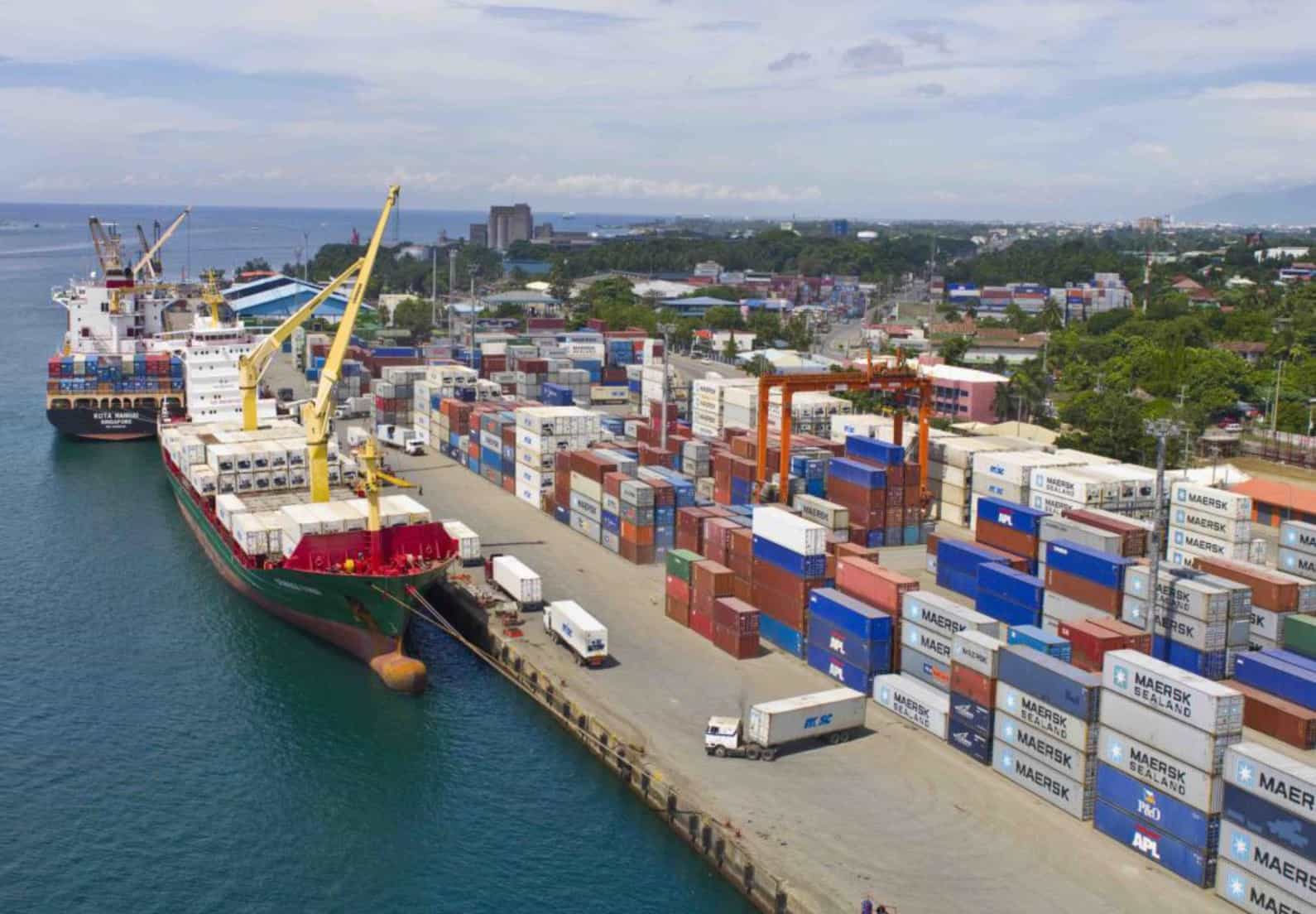The Philippines imports many items from the world over to its archipelago of over 7,000 islands. Most often than not, it can be overwhelming to think about the prospect of sending cargo to the Philippines. Nevertheless, fear not, Transco Cargo has your interests at heart. So, how can you send cargo to the Philippines? How would you go about packing your items? Keep reading to get all the details and how Transco Cargo can assist in sending cargo to the Philippines.
Firstly, you need to prepare your packages and goods. It’s important to remember, that your items need to be packed with care because once your goods leave your care they will be constantly moving from place to place. When shipping your items across the seas, due to various reasons such as bad sea weather, packages can often move around within the shipping box or tea chest. Therefore, due care to use appropriate packaging and also to include softeners such as bubble wrap or airbags should be kept in mind. Not only should you use appropriate packing materials but also the right labels such as “Fragile” or “Handle with Care”. If you aren’t sure on how to best pack your cargo, make sure to follow our instructions or speak to us about getting them professionally packed by our team of professionals. Make sure to seal your items properly. If you are using cardboard boxes, make sure to not overcrowd your boxes and to reinforce seams. We also recommend that you wrap and seal electronic and metal items in plastic bags and seal them to prevent external elements affecting the state, such as with water damage.
Another factor to consider is the high temperatures in the Philippines, especially when packing your items, and sending your cargo to the Philippines via sea freight, whether the journey and the temperatures involve may damage your goods. In such an event, it is best to opt-out of doing so. Also, make sure to double-check whether you are allowed to ship certain items by referring to the Philippines Restricted Goods list. It would be best to pack perishable goods, any flammable goods or those that would react with chemical interactions or the likes of sensitive documents. As you’re packing your items, make sure to write them down in the packing list for customs purposes and maintain a count of items in the boxes. This will greatly help in customs clearance,
Filling out the paperwork can be daunting, but we’re here to assist you in filling our shipping documents as logistics experts. LCL Shipping is the more popular choice when shipping cargo to the Philippines where you purchase space for your cargo in terms of cubic meters. This is most often the more affordable choice as opposed to FCL shipping which involves utilizing the entire 20ft or 40ft container for shipping your goods. The latter would be best if you have enough items to fill it.
If you are shipping small items, the either opting for sea freight shipping on LCL basis would be ideal if you are not in a hurry. However, should you want to receive your goods in a hurry, then opting to air freight the goods to the Philippines, which would be faster but often costlier.
Let us at Transco Cargo help you decide what is best suited for you when sending cargo to the Philippines. Choose us as your trusted shipping partner, sending cargo, however big or small, will be uncomplicated. Contact us and get a free quote today.

